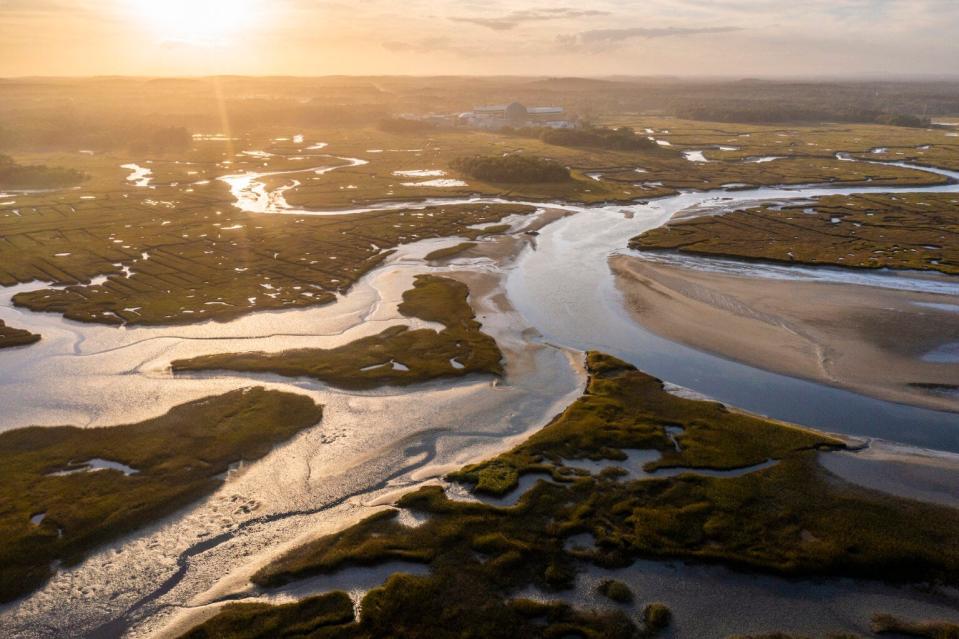$2 million going to these three marsh projects in NH Seacoast
As part of the national America the Beautiful Challenge, New Hampshire will receive $2 million to support three high-priority salt marsh projects, part of a larger federal goal to conserve 30 percent of U.S. lands and waters by 2030.
The Biden administration, National Fish and Wildlife Foundation, and public and private sector partners recently announced $141.3 million in grants supporting landscape-scale conservation projects across 46 states, three U.S. territories, and 21 tribal nations.
Kevin Lucey, habitat coordinator for the Department of Environmental Services’ Coastal Program, said his agency was invited by the Northeast Association for Fish and Wildlife Agencies to submit a grant application under a regional proposal focused on tidal wetlands.

As a result, DES proposed a bundle of salt marsh restoration projects “that will work to restore tidal wetland systems that were altered through centuries of salt marsh farming, subsequent eras of mosquito ditching, and through impacts from development and invasive species,” according to its application.
The projects will preserve and restore high marsh plant communities, a critical habitat for the saltmarsh sparrow, a vulnerable species and the only bird that breeds solely in the salt marshes of the Northeast.
Philbrick Pond in North Hampton
North Hampton’s Philbrick Pond Salt Marsh is a 38-acre microtidal system. Because of historical practices such as agricultural berms, farmers’ ditches, mosquito control ditching, and tidal restrictions, there is excessive standing water on the marsh platform, resulting in large expanses of unvegetated marsh, according to DES.
The agency described the situation as a “waffle and syrup,” meaning the salt marsh is the waffle and the water is the syrup with nowhere to go, ultimately causing flooding. That’s expected to increase with extreme precipitation and sea level rise.
The proposed restoration work to improve marsh drainage comes from planning efforts over the last eight years. Funds from the America the Beautiful Challenge will allow the Nature Conservancy to advance 6.2 acres of “single channel hydrology” restoration.
Hampton ditch remediation
The 4,000-acre Hampton Seabrook Estuary salt marsh has 377 miles of farmer and mosquito ditching. Between 2020 and 2022, the town of Hampton designed and permitted a 14-acre salt marsh ditch remediation demonstration project on town-owned land as a “nature based” solution to flooding. The existing ditch remediation plans include mowing native salt marsh hay from the restoration area and using twine and stakes to pin the dried hay to ditch bottoms.
The new funding will allow the town of Hampton to increase the scale of the implementation from a 14-acre demonstration project to at least 119.9 acres of town-owned salt marsh.
Adaptive management at Odiorne Point
South of Odiorne Point State Park in Rye is a 220-acre salt marsh area, which includes the 62-acre Fairhill Marsh, formerly a saltmarsh sparrow “hotspot.” The marsh has experienced accelerating vegetation loss since 2006.
This year, the Rockingham County Conservation District received grant funding to explore adaptive management practices at Fairhill Marsh that will culminate in restoration design plans. The newly awarded funds will help advance the project and ensure the plans are applied.
This story was originally published by the New Hampshire Bulletin.
This article originally appeared on Portsmouth Herald: $2 million going to these three marsh projects in NH Seacoast

